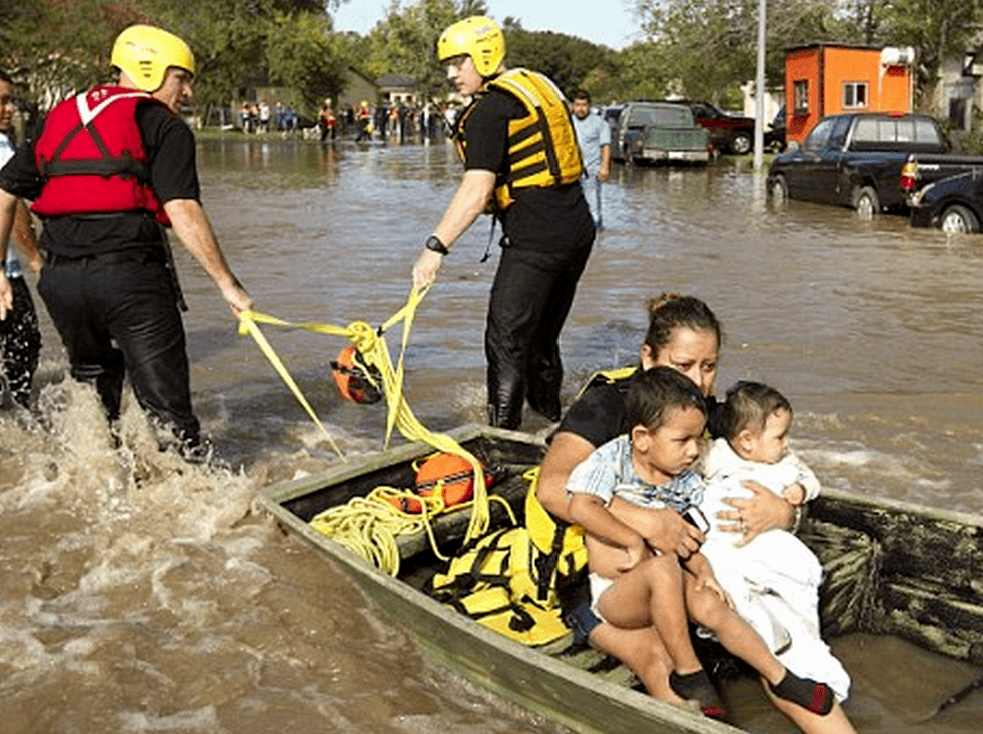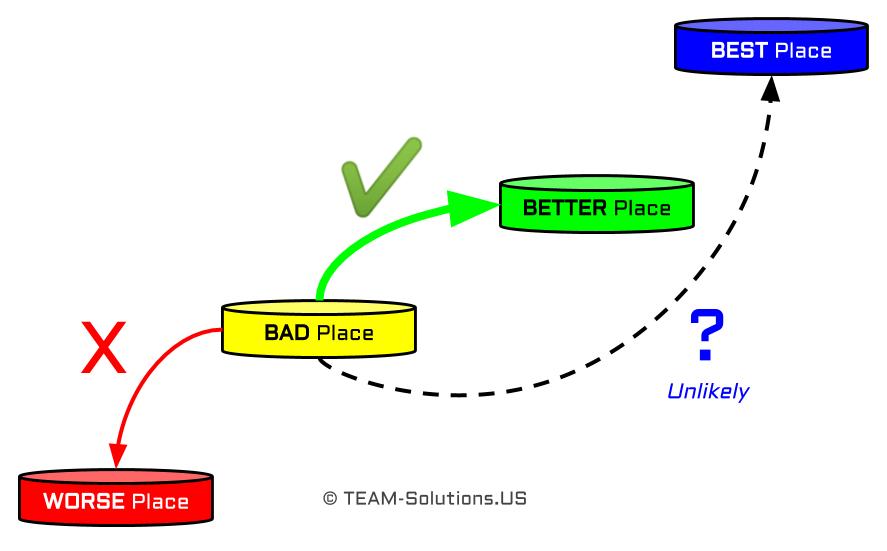
Photo by Caters News Agency
Evacuation Rule:
"Our job as responders is to move survivors from a BAD place to a BETTER place."
Example:
I learned this critical lesson in 2005 while responding to Hurricane Katrina.
- We spent all day everyday evacuating people from their homes.
- We would bring them to dry land and then they would enter an 'evacuation pipeline' leading to who-knows-where.
At the end of our workday, we would be bussing it back to our base camp and would see some of the hundreds (eventually thousands) of people that we evacuated huddled on a freeway overpass, sans food, water, shelter or hygiene facilities. What?!?!
Some folks that we evacuated would even re-appear back in their flooded, toxic-sludge-filled neighborhoods.
When asked why they came back, they would tell us:
"because at least here I have some shelter."
- There is, among many, a persistent belief held by the general public that when a rescuer takes them from their BAD place, that they will be immediately whisked away to the nearest Hilton Hotel (the BEST place).
- This of course conflicts with the persistent strategy of unwittingly evacuating someone from a BAD place and taking them to a WORSE place (see, Katrina story, above). After all, a rescue statistic is a rescue statistic, right?
The solution, as usual, is found somewhere in the middle:
"Our job as responders is to move survivors from a BAD place to a BETTER place."
Example:
Better places could be:
- from a wet place to a drier place.
- from a hot place to a cooler place (or cold place to a warmer place).
- from under the rubble to on top of the rubble.
- from a sharp place to a soft place.
There's not a rule book on how specifically to do this.
Just be human.
- Remember the mission
- Treat people less like a statistic and more like someone having their worst day ever
If you've been a responder for any length of time, you surely have your share of unpleasant images and experiences burned into your brain. Knowing that we unintentionally abandoned - to a WORSE place - so many of the people we were there trying to help are some of mine.
The second part of the solution usually involves better decision-making by our Crisis Response Leaders, which should include everyone involved.
By strategically overseeing and forecasting the evacuation pipeline, Crisis Response Leaders can anticipate where friction might occur and where better solutions may be needed.
Not their only responsibility during the fog-of-war, of course, but considering that the welfare of the evacuees is the reason we're there in the first place should make this topic a fairly high priority, right?
When I teach this lesson in front of a classroom, it simply looks like this:

Remember: Better > Bad
Want to dig deeper?
Explore what's new in evacuation products, read relevant evacuation articles at my Emergency Evacuation Resource Page.
